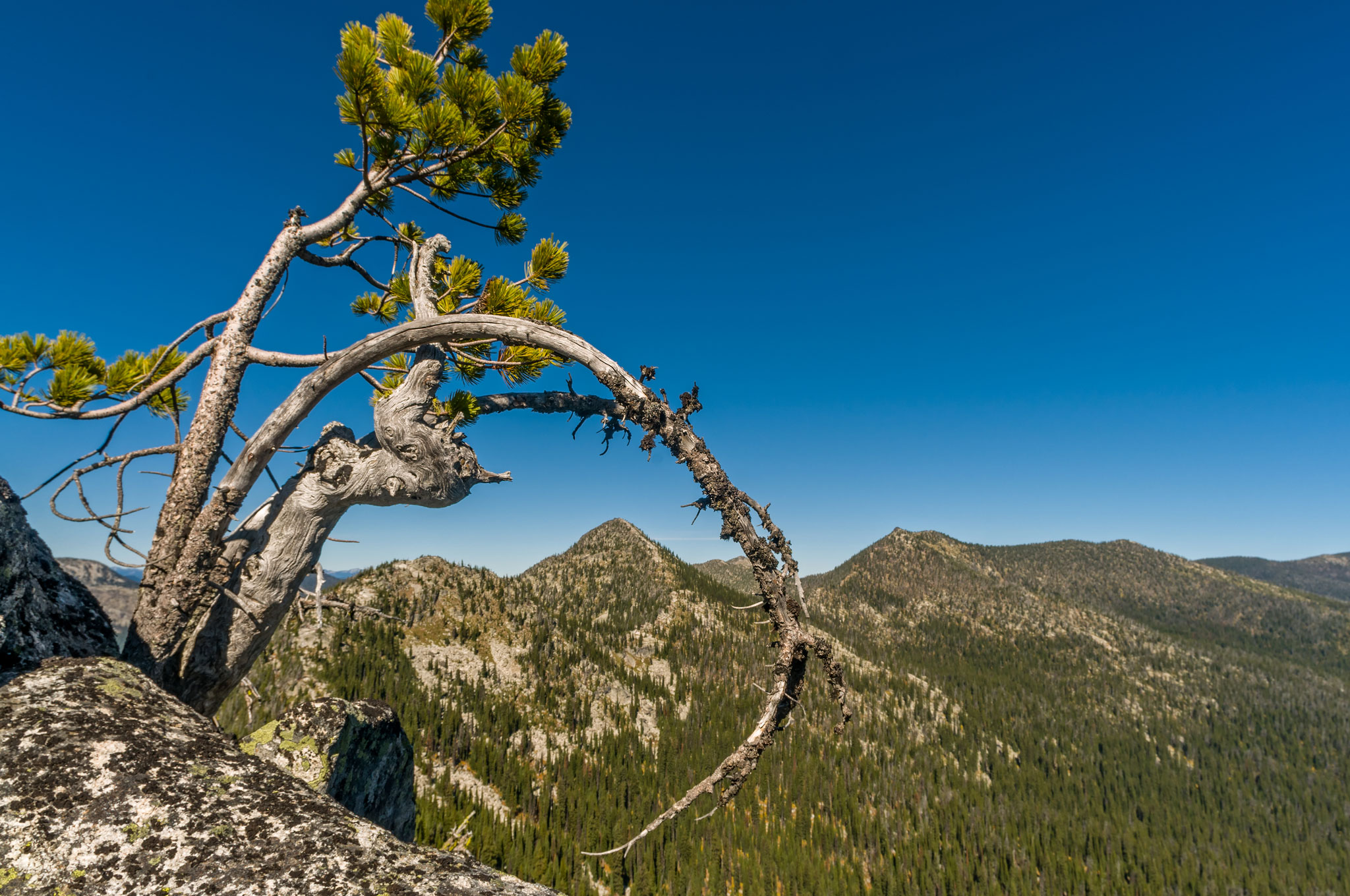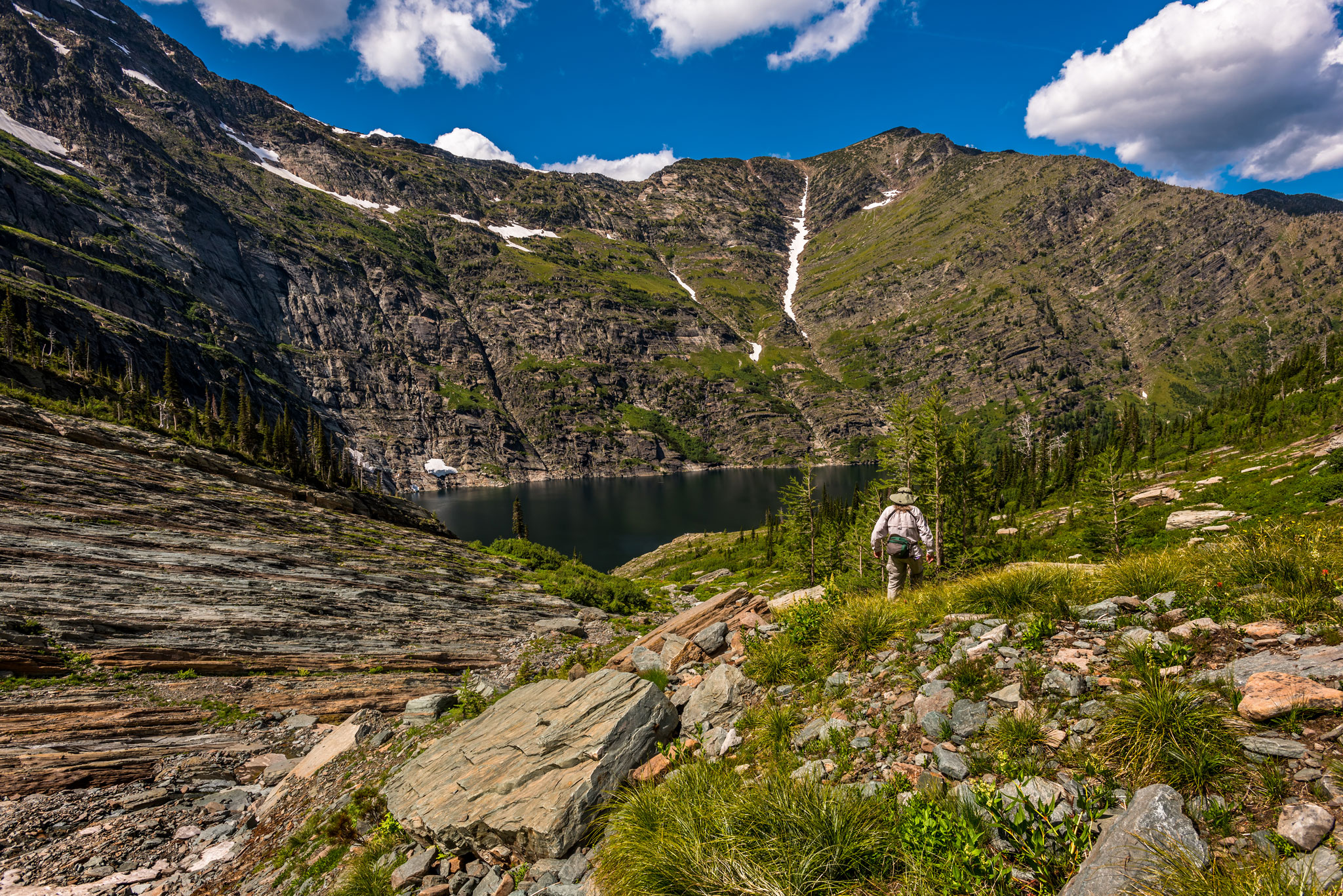Although I pay rent to a landlady every month for my home, I am also a landowner of billions of acres. And you are too, regardless of your living situation. Our land is being held in trust, protected and managed by U.S. federal, state, county and local governments. These are called public lands, and as a member of the public, I am grateful to have experienced the wonders of public lands throughout Texas, New Mexico and Colorado when I was growing up. I now live in Idaho, which shelters vast areas of wilderness, national forest and public land. I am grateful and try to immerse myself in these exquisite landscapes as often as I can. But I also understand that these lands could be taken away at any time by the trustees who have put themselves in charge of them.
The concept of public lands in the U.S. began in 1872 with the first established national park: Yellowstone National Park. In 1906, Theodore Roosevelt, often remembered as the “conservationist president,” signed into law the Act for the Preservation of American Antiquities, which gave the President discretion outside of Congress to “declare by public proclamation historic landmarks, historic and prehistoric structures, and other objects of historic and scientific interest…to be National Monuments.”
The Antiquities Act or National Monuments Act, as it came to be known, was instrumental in protecting and preserving many Native American sites, like Montezuma Castle in Arizona and the Gila Cliff Dwellings in New Mexico, as well as incredible natural landscapes, like the Grand Canyon and Utah’s Natural Bridges. Roosevelt also established a conservation group, the Boone and Crockett Club, that was instrumental in developing laws and regulations to create and protect public lands. Teddy’s commitment to conserving the natural and cultural history of our nation set a precedent for many successive presidents, who found political acclaim in designating new lands as national monuments or protected public lands.

Today, the federal government owns about 28% or 640 million acres of land in the country.
Many of these lands lie in the western third of the continental U.S. and Alaska, and are managed by these government agencies: the Bureau of Land Management (BLM), the U.S. National Park Service, the Bureau of Reclamation, the Fish and Wildlife Service and the U.S. Forest Service. Congress is in charge of acquiring new public lands, outside of the Antiquities Act, and over time have also granted some western states trust of federal public lands as lands designated for “specific beneficiaries.” Once entrusted to the state, they are no longer considered “public,” and the designation creates a gray area of use.
As the saying goes, with power, comes responsibility … or, more realistically, a spreading root of greed. Over time, the transfer of public lands from federal to state hands has come to equate to privatization for cattle grazing, mining, logging and drilling for fossil fuels for the benefit of the states and, of course, the federal government. Some presidents, like Richard Nixon, surprisingly, have been instrumental in establishing legislation that protects and manages a number of public lands and resources. The Nixon administration alone passed a slew of environmental laws, including the Wilderness Act, the Endangered Species Act, the Clean Air Act and the Federal Land Policy Management Act (FLPMA). Prior to 1976 when the FLPMA was passed, BLM managed public lands with the goal of maximizing the extraction of natural resources, like water, minerals, coal, lumber and pasture. This Act primarily redirected BLM to preserve those lands to varying extents – and also sparked the Sagebrush Rebellion against the increased federal regulation of public lands.
However, President Nixon also signed the Alaska pipeline bill that sold off public land to establish a 789-mile oil pipeline from Prudhoe Bay on Alaska’s North Slope to the port of Valdez. The New York Times “hailed it as a first step toward making the United States wholly self-sufficient for its energy supplies by 1980,” a political promise that garnered massive profits for governmental agencies and private companies while still not being even remotely fulfilled. This political posturing popped up again during Donald Trump’s presidency. Utah’s Bears Ears National Monument and Grand Staircase-Escalante National Monument, both crucial Native American archeological sites that had been brought under the Antiquities Act during the final days of Obama’s term, and finalized plans to expand drilling, mining and grazing there. Obama had also, after being petitioned by the Gwich’in Steering Committee, the Native Village of Venetie Tribal Government, the Arctic Village Council, and the Venetie Village Council, signed protection for a South Carolina-size section of land in the Arctic National Wildlife Refuge that had been aggressively surveyed and lobbied for by oil companies for a decade. Claiming to reduce our dependence on foreign oil and make the U.S. self-sufficient, Trump issued a presidential permit early in 2017 approving the Keystone XL pipeline in Nebraska, and then, in 2020, announced that it would auction off oil drilling rights for the disputed land in the Arctic National Wildlife Refuge.

But this fire sale didn’t go unnoticed. While there wasn’t a Sagebrush Rebellion, there were people, honest, concerned citizens, who spoke up and made a difference. Land Tawney, President & CEO of Backcountry Hunters and Anglers initiated the hashtag #KeepItPublic, which went viral with social media users, celebrities, and officials, and brought widespread awareness and support across the country. A coalition of concerned groups is suing the U.S. government for permission to reinstate the original boundaries of the Bears Ears and Grand Staircase-Escalante National Monuments for the preservation of their history and the free enjoyment of these lands by the public. The Gwich’in Tribe’s chiefs and elders call the Arctic National Wildlife Refuge “Iizhik Gwats’an Gwandaii Goodlit” which means “The Sacred Place Where Life Begins,” and they and other tribes have come together and begun the fight anew to protect their culture, way of life, sustenance and future. Surveys show that ¾ of voters in the West where most of our public lands exist believe that these lands should be protected. People throughout Idaho, Montana, Utah, Colorado, Minnesota and other states rose up and organized influential protests against the sale and transfer of public lands.
While President Biden signed an executive order last January to put a pause on new oil and natural gas leasing of public lands and offshore waters, there is still a deep well of issues, political agendas and fights to be had in this field. In September 2020, Patagonia Films released Public Trust Feature Film: The Fight for America’s Public Lands to bring awareness to the grab for public land access by oil, gas, and mining companies supported by government agencies and facilitated by the transfer of public lands to certain states (www.patagonia.com/films/public-trust/). Hal Herring, award-winning journalist, public lands advocate and contributing editor to Field and Stream magazine said a few words in the movie that I feel sums up our current situation and gives me pause to think about what I can do to fight for my land. I will leave you with this and hope that you will be inspired to seek out your own action and heart when it comes to this truly bi-partisan issue.
“We have regulatory capture of the agencies which manage public lands by industry and special interests, and we have a growing and more powerful privatization movement. Those were the fruits of the trees that were planted during the Sagebrush Rebellion and during Ronald Regan. We’ve now arrived at a moment where we’re going to decide whether to keep the birthright and legacy of public lands or whether we will just simply rush to unleash the forces of industry and live in a world where everything is for sale…One day, we will place a dollar value on taking your daughter out to a river and going fishing or taking your son out to a mountain to see a sunset…Imagine that. Tell me you want that.” – Hal Herring. N
By S Michal Bennett
Photography By Joel Riner
As Featured In: Winter/Spring 2022


